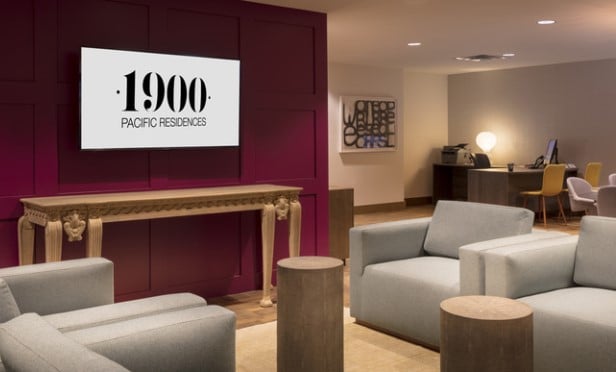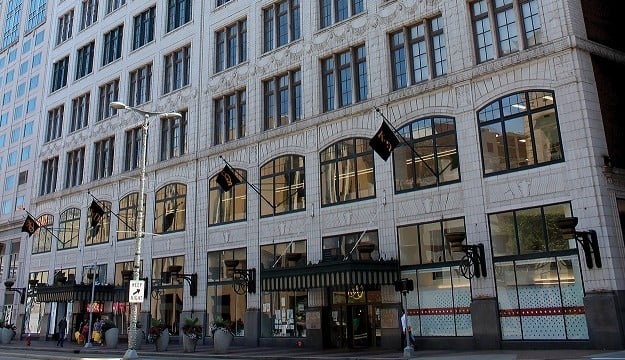Local Grubb & Ellis investment broker David Hill tells GlobeSt.com that volume should moderate slightly in 2006 but continued investor interest and a backlog of investment capital seeking product should keep activity healthy. "I think we will have strong sales activity on the office side," he says. "Given this past year was a record, people are thinking it's a good time to cash in on the sellers market."
Just under $700 million of office space changed hands in the Portland area in 2005, crushing last year's total of about $400 million, says Hill. Concurrently, cap rates continued to fall and are now "a lot more like a 7% cap than the 8% cap it used to be, and there was enough activity that now it's just the norm," he says. "It used to be people look at the previous 12 months when deciding what to pay; now they are looking not only at the next 12 months but also the coming three to five years."
The market tended to be in fully stabilized properties and those that provided great upside opportunity. On the fully stabilized front, there were properties like ODS Tower, a 99%-leased, 400,000-sf Portland CBD office building with little near-term rollover that sold for $123 million, and 1201 Lloyd, a 226,000-sf, 96%-leased office building in Portland's Lloyd District that is leased mostly to government tenants and sold for $50.4 million. On the opportunistic front, there were Woodside Corporate Park, a 13-building, 580,000-sf office and flex campus that was 75% leased but still sold for $67.48 million, and nine buildings totaling 536,500 sf at Amberglen Business Center that were 66% leased and sold for $54.2 million.
Those that made the value-add plays should have opportunity in 2006 to lease up their spaces thanks to job growth. In the core asset acquisitions, Hill says the buyers are counting heavily on increasing rents or occupancy to raise their cap rates in 2006 and beyond, a trend for which the fundamentals are in place.
"There are some pretty aggressive rent increase assumptions going into these purchases," he says. "But between job growth and vacancy improving and a lack of inexpensive, easily developable land for new product, people won't be building a lot of competitive product, which puts us in a good position for rent spikes."
Continue Reading for Free
Register and gain access to:
- Breaking commercial real estate news and analysis, on-site and via our newsletters and custom alerts
- Educational webcasts, white papers, and ebooks from industry thought leaders
- Critical coverage of the property casualty insurance and financial advisory markets on our other ALM sites, PropertyCasualty360 and ThinkAdvisor
Already have an account? Sign In Now
© 2024 ALM Global, LLC, All Rights Reserved. Request academic re-use from www.copyright.com. All other uses, submit a request to [email protected]. For more information visit Asset & Logo Licensing.








